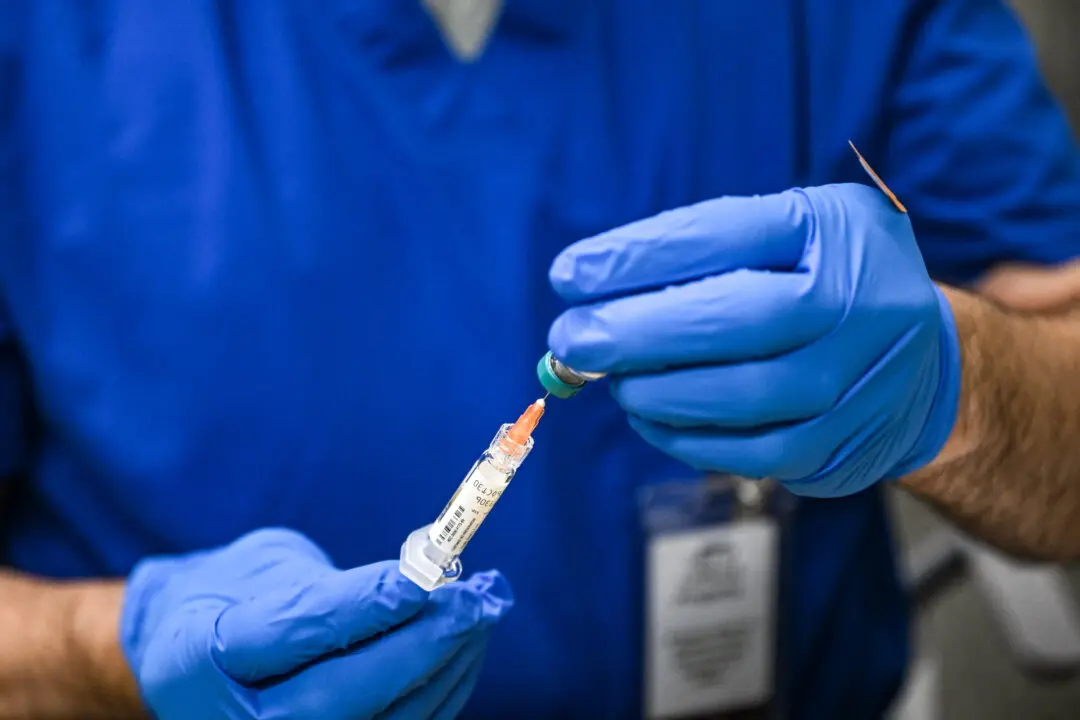The devices sent to former presidents and other top former and current officials appear designed to scare rather than kill, according to some experts.
The analysis comes after none of the 11 suspicious packages containing what appeared to be pipe bombs exploded and investigators said that at least some could not have exploded due to flaws in the designs.




